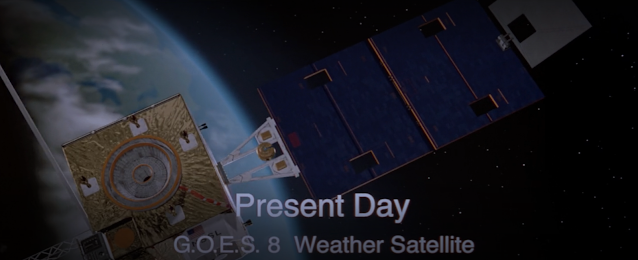Science Snapshots: The Universe is Expanding Faster Than We Can Explain

I'm still on quasi-baby leave from Peckerwood Publishing House (MANOR! - you, probably), but I saw this article and just had to weigh in on how our universe is expanding faster than a celeb coming off Ozempic and we don't know why. I saw this article about how the Webb telescope has confirmed what previously was wondered to be something Hubble was making up: the universe is expanding faster than expected. Not-at-all-made-up image of Hubble celebrating to follow: The James Webb Space Telescope, hereafter referred to as Webb because I'm lazy, has collected two years worth of data confirming the universe is expanding 8% faster than what astrophysicists think they know about the beginning and evolution of our universe. Apparently this has a name, called the Hubble Tension. But Webb is backing up his older brother now. But Cappy, you might say. Expanding? What? If you're not already familiar, the prevailing theory of how our universe started is called the Big Bang. Essent...


